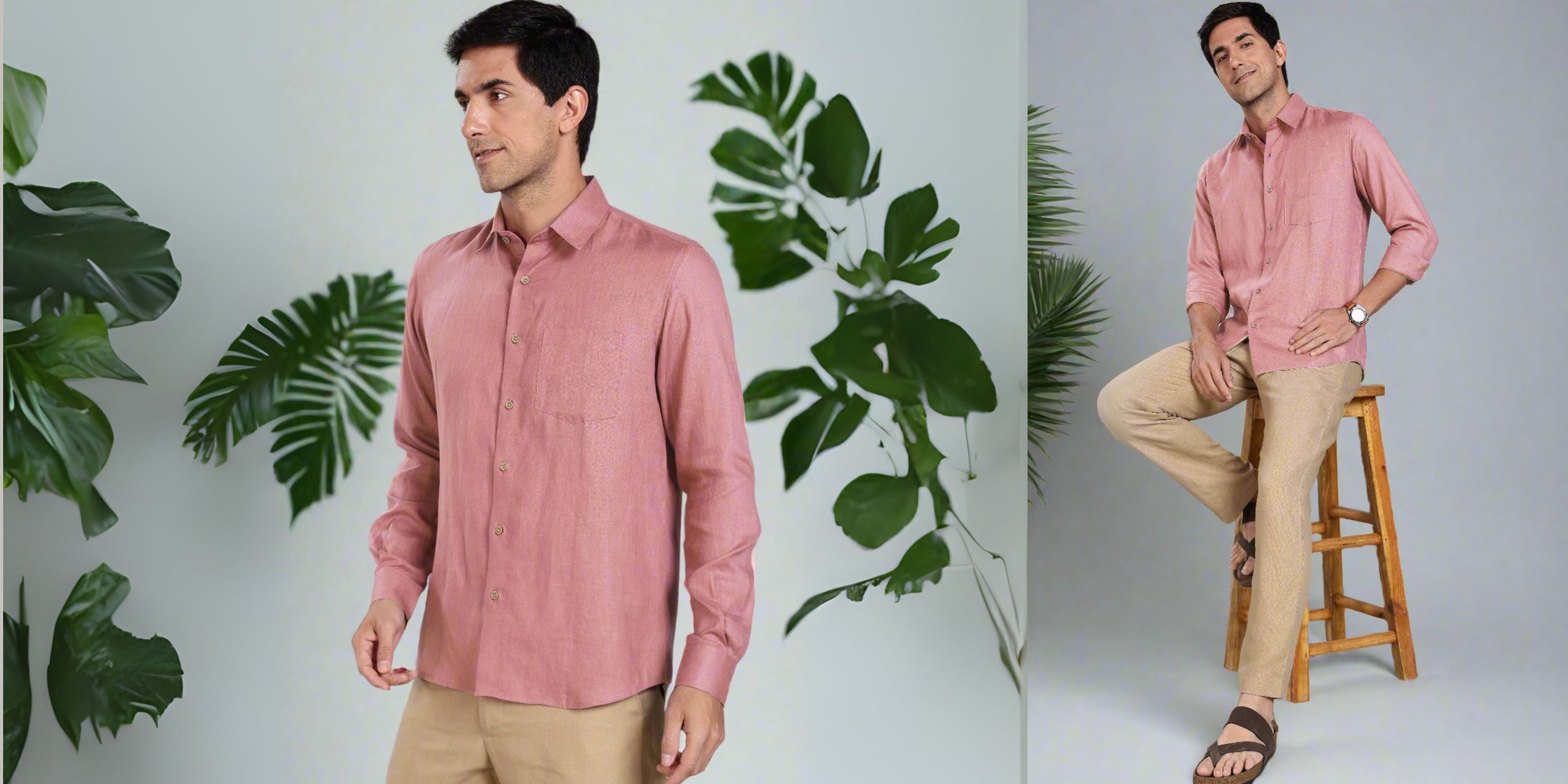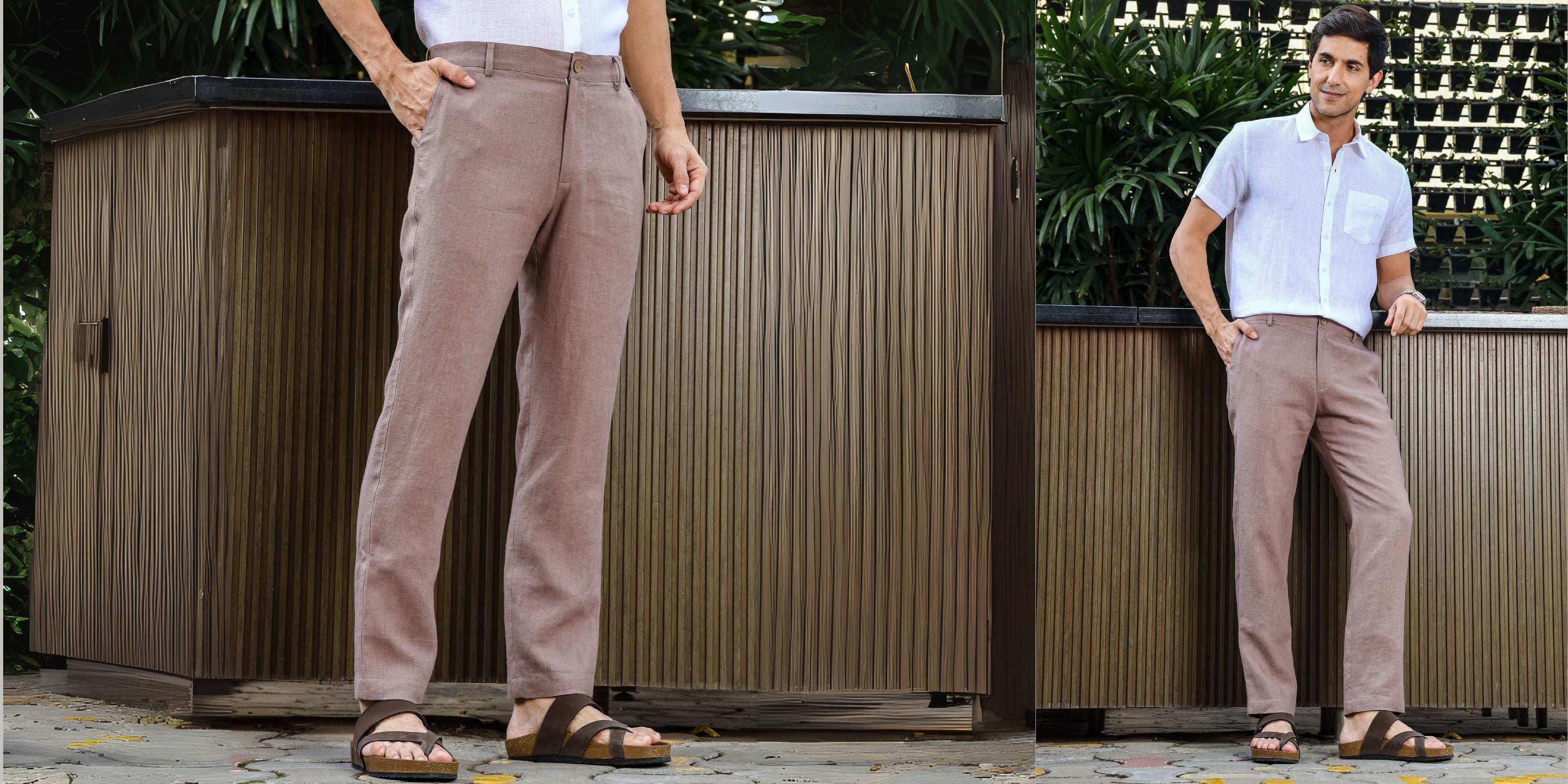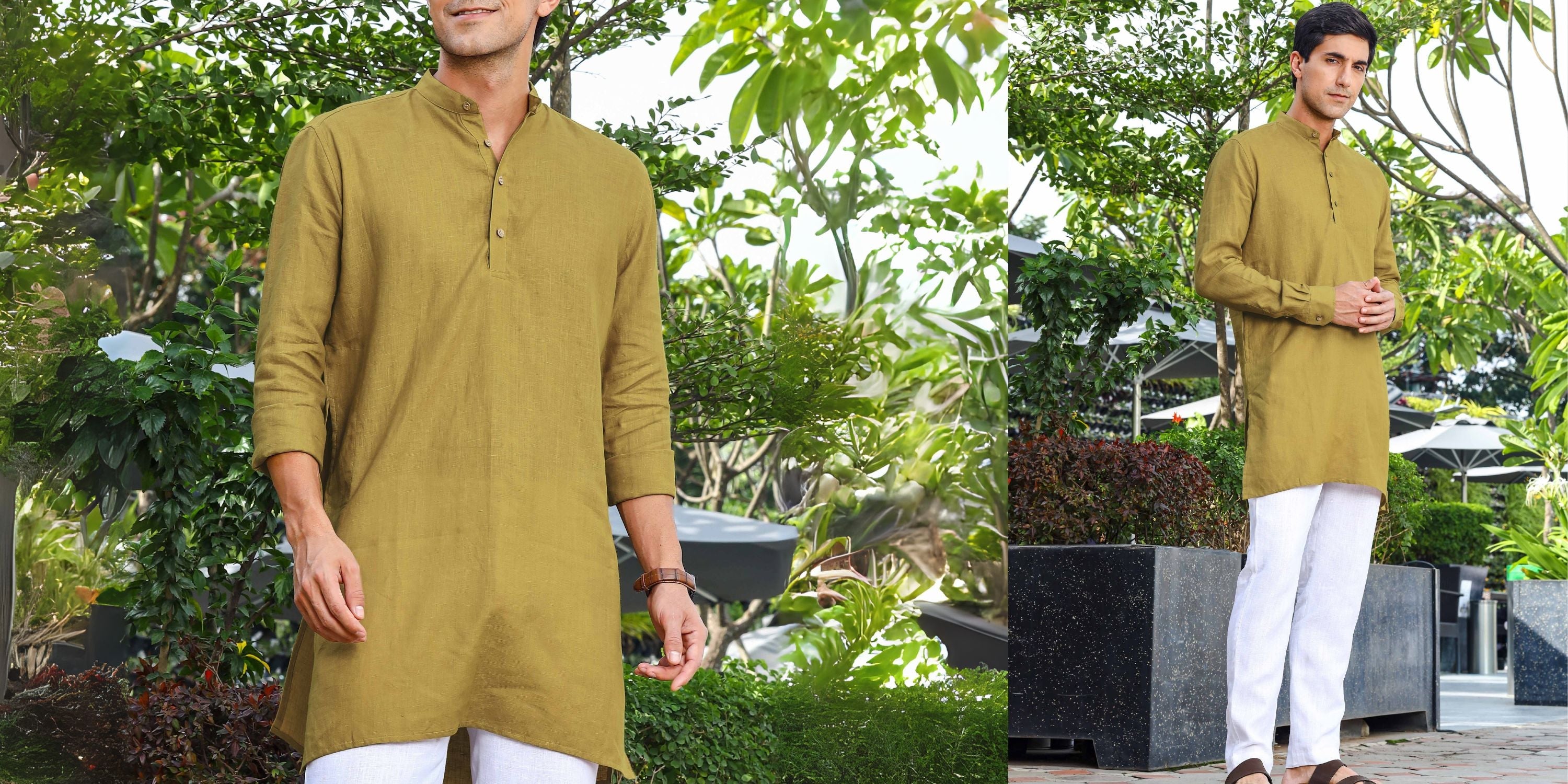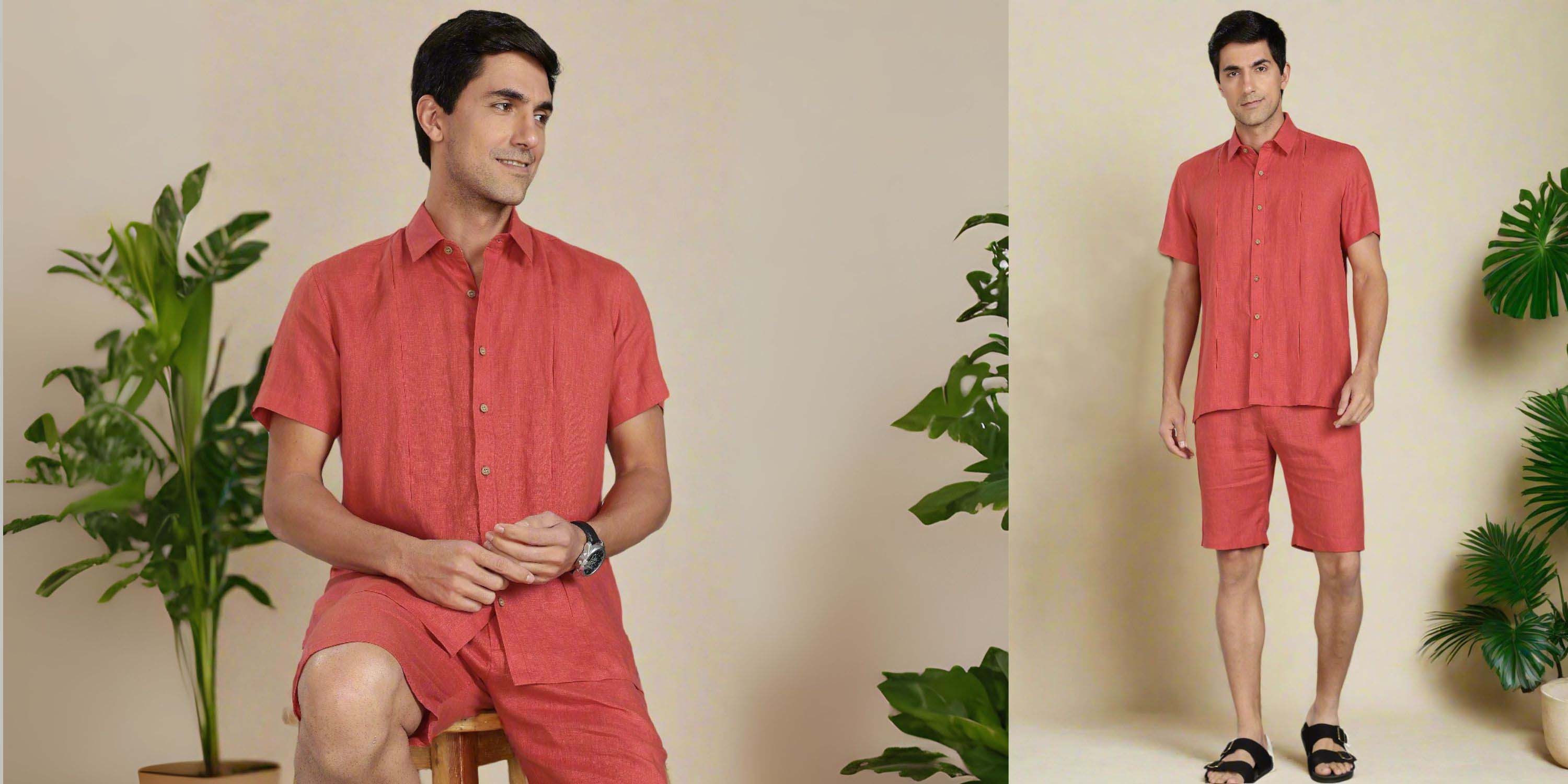How to Iron a Shirt – The Complete Step-by-Step Guide for a Crisp, Professional Look
A well-ironed shirt can make a remarkable difference in your overall appearance. Learning how to iron a shirt properly is essential for anyone who wants to look sharp, professional, and confident every day. Wrinkles can make even the most expensive shirt appear sloppy, but with the right techniques and tools, you can achieve a perfectly pressed shirt in minutes.
In this guide, you’ll learn how to iron a shirt step by step, from preparing the shirt and selecting the correct heat settings to fabric-specific tips and professional tricks that make your shirts last longer. Whether you’re dealing with cotton, linen, or silk, this guide will give you everything you need to keep your shirts wrinkle-free and polished.
Tools & Essentials You’ll Need Before Ironing a Shirt
Before you start learning how to iron a shirt, gathering the right tools is critical. Using proper equipment not only saves time but also prevents accidental damage to your clothing. Here’s what you need:
-
Iron Types:
-
Steam Iron: Perfect for most fabrics; the steam loosens fibers and removes wrinkles more efficiently.
-
Dry Iron: Suitable for heavier fabrics but requires careful handling to avoid burns or shine marks.
-
Steam Iron: Perfect for most fabrics; the steam loosens fibers and removes wrinkles more efficiently.
-
Ironing Board: Make sure your board is sturdy and at a comfortable height. A padded, heat-resistant surface ensures better results and protects your shirts.
-
Spray Bottle & Distilled Water: Helps maintain the shirt’s moisture, especially for cotton and linen shirts. Spritz lightly for stubborn wrinkles.
-
Pressing Cloth: Essential for delicate fabrics such as silk or fine linen. Place it between the iron and shirt to avoid shine and protect the fibers.
-
Hangers: Hang the shirt immediately after ironing to prevent new wrinkles from forming and maintain the crisp look.
By preparing these essentials, you’ll set the stage for a smooth process and master how to iron a shirt like a pro.
Preparing Your Shirt for Ironing
The preparation phase is often overlooked, but it’s vital for learning how to iron a shirt efficiently and effectively. Follow these steps:
-
Check the Care Label: Every shirt comes with instructions. The label tells you the recommended temperature, whether to use steam, and if the fabric needs special handling. Following these guidelines ensures you don’t damage your shirt.
-
Slightly Damp Shirt: Ironing a slightly damp shirt is easier and produces a crisp finish. The moisture allows the heat to relax fibers, removing wrinkles more efficiently.
-
Smooth Out Wrinkles Beforehand: Shake the shirt gently, pull out sleeves, and smooth the panels with your hands. This reduces stubborn creases and saves ironing time.
-
Tackle Stubborn Wrinkles Early: Use a spray bottle or lightly mist the shirt with water for tricky areas. Steam can also soften fibers, making it easier to iron.
Proper preparation ensures that the process of how to iron a shirt is quicker, more effective, and results in a polished finish.
Step-by-Step Guide on How to Iron a Shirt
Understanding the correct order and technique is crucial for learning how to iron a shirt. Follow these detailed steps for a professional-looking result:
1. Start with the Collar
-
Unfold the collar and iron the inside first, then the outside.
-
Use long, smooth strokes, moving from the tips of the collar toward the center.
-
Avoid pressing too hard to prevent crease lines from forming.
2. Move to the Cuffs
-
Unbutton the cuffs completely.
-
Iron the inside of the cuff first, then the outside.
-
Stretch the fabric slightly to ensure a flat finish without creases.
3. Iron the Sleeves
-
Lay the sleeve flat and align the seams carefully.
-
Iron from shoulder to cuff in smooth, straight motions.
-
Avoid pressing folds into the sleeve by using a steady, gentle hand.
4. Iron the Front Panels
-
Work around buttons carefully without pressing directly on them.
-
Use the tip of the iron to navigate small spaces and ensure even pressure.
-
Stretch lightly for smooth, wrinkle-free fabric.
5. Iron the Back and Shoulders (Yoke)
-
Lay the yoke flat and iron from the center outwards.
-
Smooth downward motions prevent unwanted folds or creases.
-
Ensure the back is evenly pressed before moving to the rest of the shirt.
Following these steps guarantees that you’ll learn how to iron a shirt efficiently and achieve a crisp, professional look.
Fabric-Specific Ironing Tips
Different fabrics require different techniques when learning how to iron a shirt. Here’s what you need to know:
Cotton:
-
Use high heat and plenty of steam.
-
Iron while slightly damp for best results.
Cotton-blend:
-
Use medium heat and light steam.
-
Avoid excessive pressure to prevent shine.
Linen:
-
High heat and damp ironing work best.
-
Use a pressing cloth to prevent shine and protect premium linen.
Silk:
-
Use low heat and always iron inside-out.
-
Minimal steam is recommended to avoid water spots or damage.
By following fabric-specific advice, you’ll master how to iron a shirt no matter the material.
Common Ironing Mistakes to Avoid
Even experienced individuals make mistakes when learning how to iron a shirt. Avoid these errors:
-
Using the wrong temperature setting for the fabric
-
Ironing dirty or stained shirts, which can set stains permanently
-
Leaving the iron in one spot for too long, causing scorch marks
-
Improper storage post-ironing, leading to wrinkles
Being mindful of these mistakes ensures your shirts stay pristine and crisp for longer.
Pro Tips for a Crisp, Long-Lasting Finish
Take your ironing skills to the next level with these expert tips:
-
Iron shirts inside-out to prevent shine
-
Hang shirts immediately after ironing
-
Use a steamer or hairdryer for travel wrinkle fixes
-
Allow shirts to cool completely before folding
-
Iron small sections gradually for even results
These tricks help maintain the professional, wrinkle-free appearance of your shirts every day.
Ironing Linen Shirts the Right Way
Linen is a beautiful but wrinkle-prone fabric. Knowing how to iron a shirt made of linen is essential:
-
Understand Linen Wrinkles: Linen naturally wrinkles, so some texture is normal.
-
Optimal Technique: High heat and steam on a damp shirt work best.
-
Use a Pressing Cloth: Protects premium linen fabrics from shine.
-
Iron in Sections: Avoid moving the iron back and forth excessively to preserve fabric quality.
By following these steps, your linen shirts will stay crisp while maintaining their natural elegance.
Conclusion
Mastering how to iron a shirt transforms your wardrobe, boosts confidence, and ensures a polished appearance every time. With the right tools, preparation, and fabric-specific techniques, ironing becomes a simple, stress-free process.
"Ready to look sharp effortlessly? Upgrade your wardrobe with Linen Trail’s 100% pure linen shirts, naturally breathable, effortlessly stylish, and easy to care for. Explore our collection here and experience the comfort of slow fashion."
Frequently Asked Questions
Q1. How do I prevent my shirt from getting shiny while ironing?
Ans: Iron inside-out and use a pressing cloth for delicate fabrics. Avoid excessive heat on synthetics.
Q2. Can I iron a shirt while it’s completely dry?
Ans: Yes, but slightly dampening the shirt makes ironing easier and more effective.
Q3. What is the best temperature for cotton shirts?
Ans: Use high heat with steam. Always check the care label first to prevent damage.
Q4. How can I iron around buttons safely?
Ans: Use the tip of the iron to navigate around buttons; never press directly on them.
Q5. How often should I iron my shirts?
Ans: Iron as needed, typically after washing. For travel, steaming is a quick alternative.
Q6. Is it necessary to hang a shirt immediately after ironing?
Ans: Yes, hanging prevents new wrinkles and keeps the shirt crisp.
Q7. Can I use a steam iron on silk shirts?
Ans: Yes, but use low heat and always iron inside-out. Minimal steam is recommended.
Q8. How do I remove stubborn wrinkles from linen shirts?
Ans: Iron while the shirt is slightly damp, use high heat, and apply a pressing cloth for protection.





